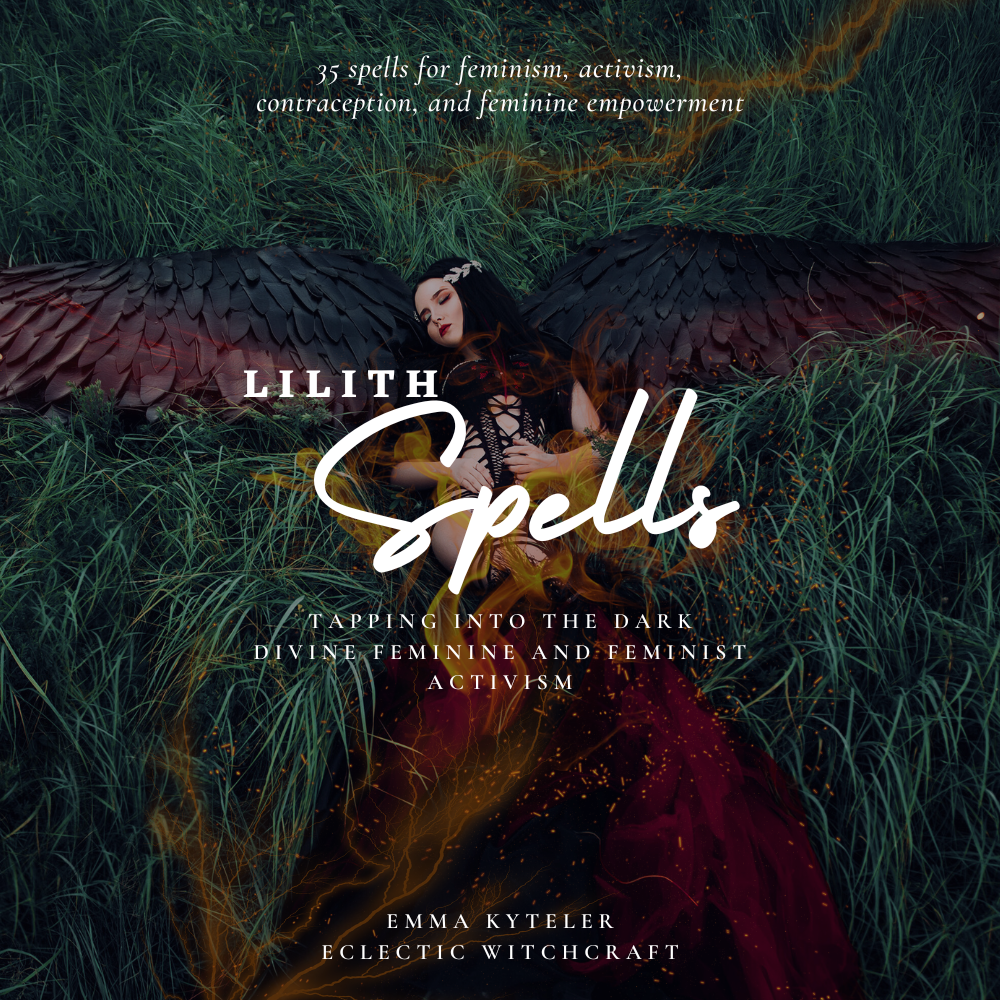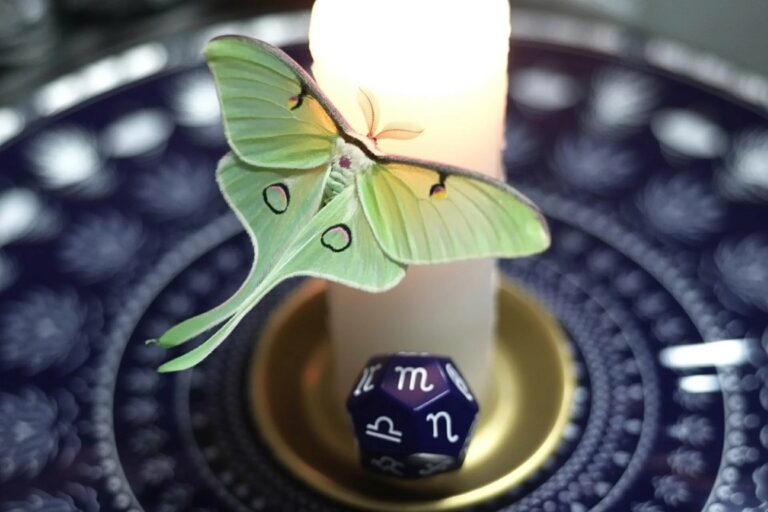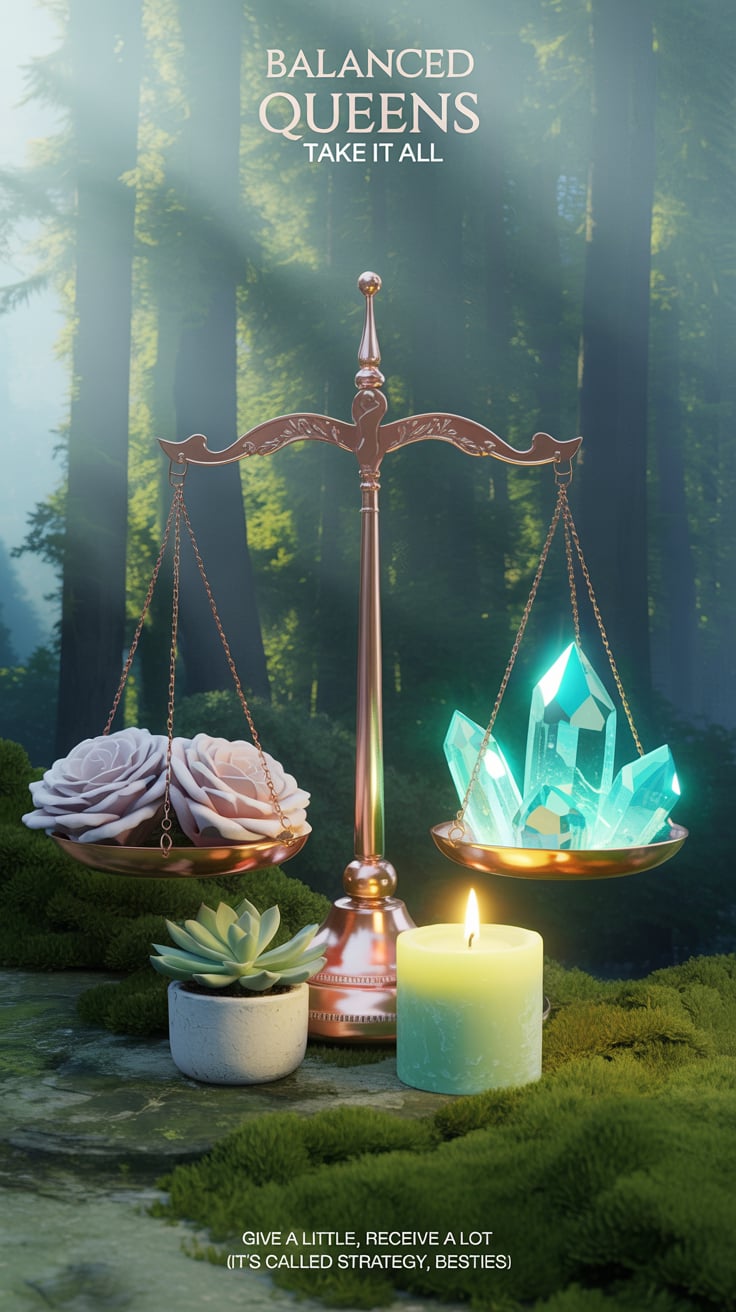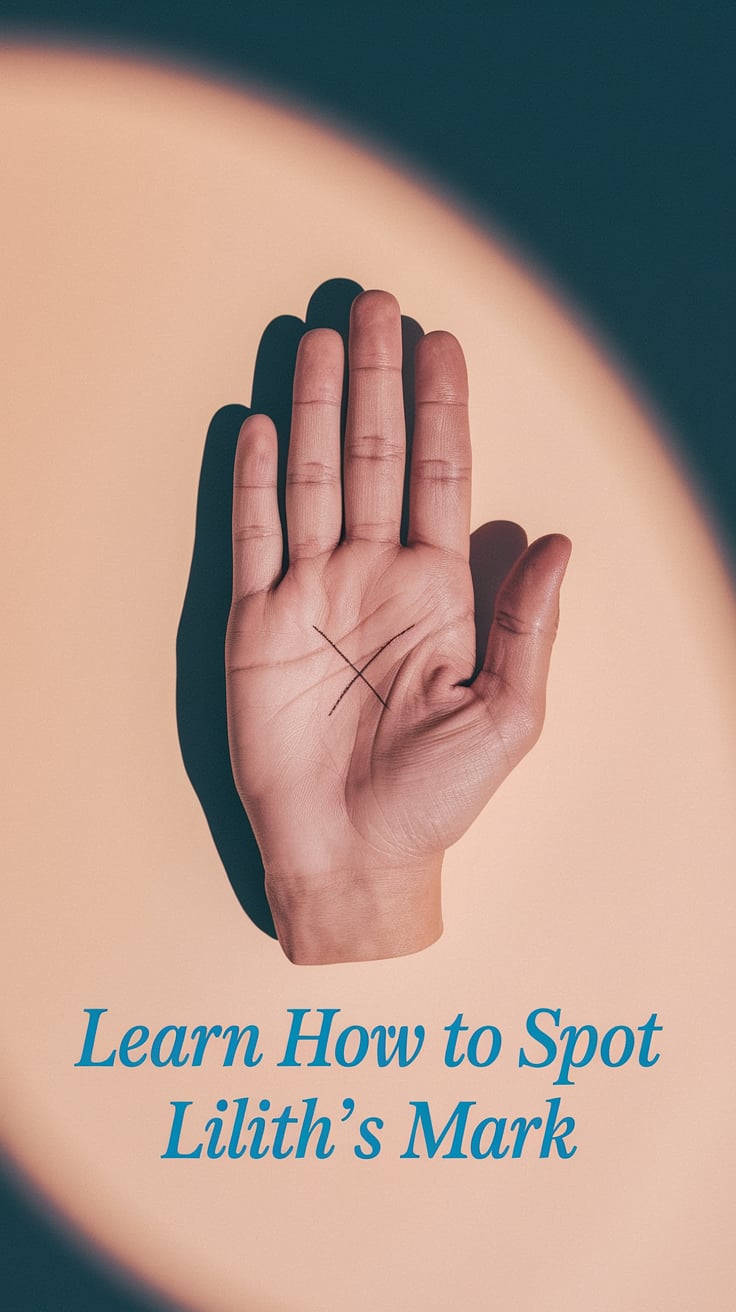Tarot Doesn’t Control Your Future: Using Cards for Inner Wisdom Instead of Prediction
Please note that posts on this site may contain affiliate links
Tarot cards exist as tools for accessing your inner wisdom, not magical predictors of inevitable outcomes. I remember the first time I realized this truth. My early experiences with tarot included plenty of anxiety-inducing moments where I worried the cards were announcing unavoidable doom. A Death card would appear in a reading about my relationship, and suddenly I’d spiral into worry about an imminent breakup. The Tower in a career reading made me fear getting fired. The misunderstanding plagued my practice until I recognized what tarot truly offers: a mirror reflecting possibilities, not pronouncements etching my fate in stone.
Many newcomers to tarot share this misconception. The cultural image of the fortune teller dramatically announcing unavoidable futures has shaped our collective understanding. Movies portray tarot readers predicting exact events with spooky accuracy. This portrayal creates unrealistic expectations and fundamentally misrepresents tarot’s genuine power. Tarot serves us best when we recognize it as a tool for clarity, not a crystal ball.
The cards themselves contain no magical ability to predict specific events. They function as symbolic language helping us access our subconscious understanding. Think of them as keys unlocking doors to wisdom you already possess but haven’t yet consciously recognized. Your intuition speaks through the cards, not some external force of destiny controlling your life.

Tarot’s True Purpose: A Mirror, Not a Crystal Ball
Historically, tarot began as playing cards in the 15th century, not divination tools. Their use for fortune-telling only became popular centuries later. This history reminds us that the mystical associations came after their creation, added by people seeking meaning and guidance. The cards’ primary power lies in their archetypal imagery that connects with our unconscious mind.
Many of my students struggle with trusting their intuition. They want the cards to make decisions for them rather than using readings to clarify their own thinking. “Just tell me what will happen,” they often plead. This approach surrenders personal power to cardboard rectangles. Your intuition already knows the patterns and possibilities in your life. Tarot simply helps you organize and visualize this knowledge.
Carl Jung’s work on archetypes and the collective unconscious provides insights into why tarot feels so meaningful. The symbols resonate with deep psychological patterns we all share. The Fool represents new beginnings and potential. The Tower symbolizes necessary destruction before rebuilding. These universal human experiences appear across cultures and throughout history.
Our brains naturally seek patterns and meaning. When we shuffle cards and create random arrangements, our minds find connections relevant to our situation. This psychological process explains why readings feel personal without requiring supernatural explanations. The magic happens within your mind, not within the cards themselves.
Prediction can feel comforting. Certainty about the future seems to offer security in an uncertain world. Paradoxically, this comfort comes at the cost of your personal agency. When you believe tarot predicts inevitable outcomes, you surrender your power to change your circumstances.

Reclaiming Your Power in Readings
Research consistently shows that people with a strong sense of agency experience better mental health outcomes. Psychology Today reported that feelings of control over your life correlate with lower anxiety and depression rates. Traditional predictive readings can undermine this sense of control by suggesting predetermined outcomes.
I transformed my relationship with tarot when I stopped asking “What will happen?” and started asking “What can I do?” This simple shift changed everything. Instead of dreading certain cards, I began seeing them as advisors offering perspectives I might have overlooked.
For example, the Five of Pentacles traditionally suggests financial hardship or insecurity. A prediction-focused reading might leave you anxious about impending poverty. An empowerment-focused interpretation asks what resources you might be overlooking. It might highlight community support systems or inner resilience you haven’t fully utilized.
Even seemingly negative cards contain empowering messages when approached with agency. The Tower doesn’t simply predict disaster. It suggests necessary destruction of unstable structures in your life. You can choose to proactively address these issues rather than waiting for inevitable collapse. Death rarely predicts literal death but instead represents transformation. You can actively participate in this transformation rather than passively experiencing it.
Every card offers multiple possible interpretations and outcomes. The Ten of Swords might represent hitting rock bottom, but it also means things can only improve from here. The choice of which interpretation resonates belongs to you. The cards’ meanings emerge through your interaction with them, not from some external authority dictating their significance.
Sometimes we unconsciously use “fate” as an excuse to avoid difficult choices. Believing tarot predicts unavoidable outcomes removes responsibility for making tough decisions. Taking ownership of your readings requires courage. It means acknowledging your power to shape your circumstances while recognizing the external factors you cannot control.

Practical Approaches to Empowered Readings
Reframing your tarot questions creates immediate shifts in your readings. Instead of “Will I get the job?” try “What strengths can I highlight in my interview?” Rather than “Is this relationship going to last?” ask “How can I contribute to a healthier connection?” These empowerment-focused questions acknowledge your role in creating outcomes.
I created specific spreads focusing on choices rather than predictions. A simple three-card spread can illuminate different paths: Card 1 represents one possible choice, Card 2 shows an alternative option, and Card 3 reveals important considerations for your decision-making process. This approach honors your ability to select between multiple futures rather than assuming a single inevitable outcome.
Journaling transforms passive readings into active reflection. After interpreting your cards, write about potential actions you might take based on the insights gained. This practice bridges the gap between symbolic guidance and practical application.
Sometimes we need reminders of our agency. When I catch myself slipping into fatalistic thinking during readings, I literally turn the cards toward me as a visual reminder that I face the images, not the other way around. The cards work for me. I don’t work for them.
Ultimately, tarot functions as one tool among many for accessing your inner wisdom. The cards provide a framework for organizing thoughts and recognizing patterns. They offer perspective when you feel stuck. Their greatest value comes from stimulating your own critical thinking and intuitive understanding, not from mystical foreknowledge of unalterable events.
Next time you reach for your deck, remember you remain in the driver’s seat of your life. The cards offer road maps and suggest scenic routes. They point out potential hazards and highlight beautiful vistas. But you control the steering wheel. You choose which roads to travel. Your journey belongs to you, not to the cards.

Lilith Spells: Embrace the Dark Divine Feminine and Feminist Power
Unlock the transformative power of Lilith and harness the dark divine feminine with ‘Lilith Spells: Tapping Into The Dark Divine Feminine And Feminist Activism‘ for only $5.99—a powerful journey of empowerment, independence, and spiritual liberation.







